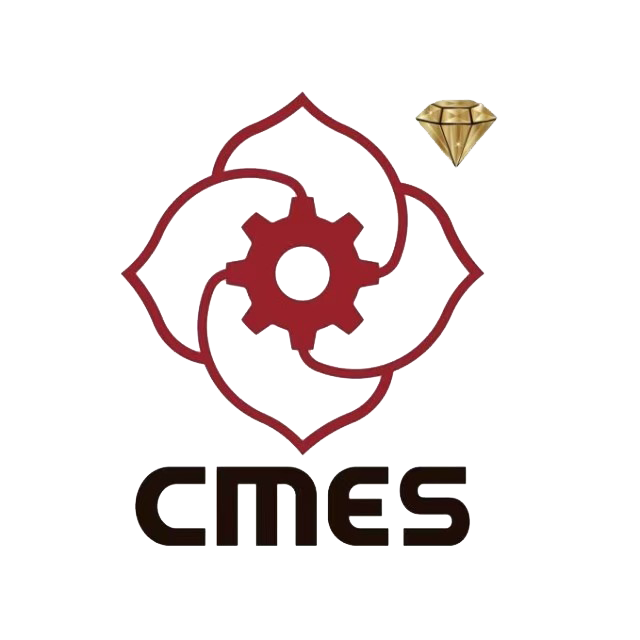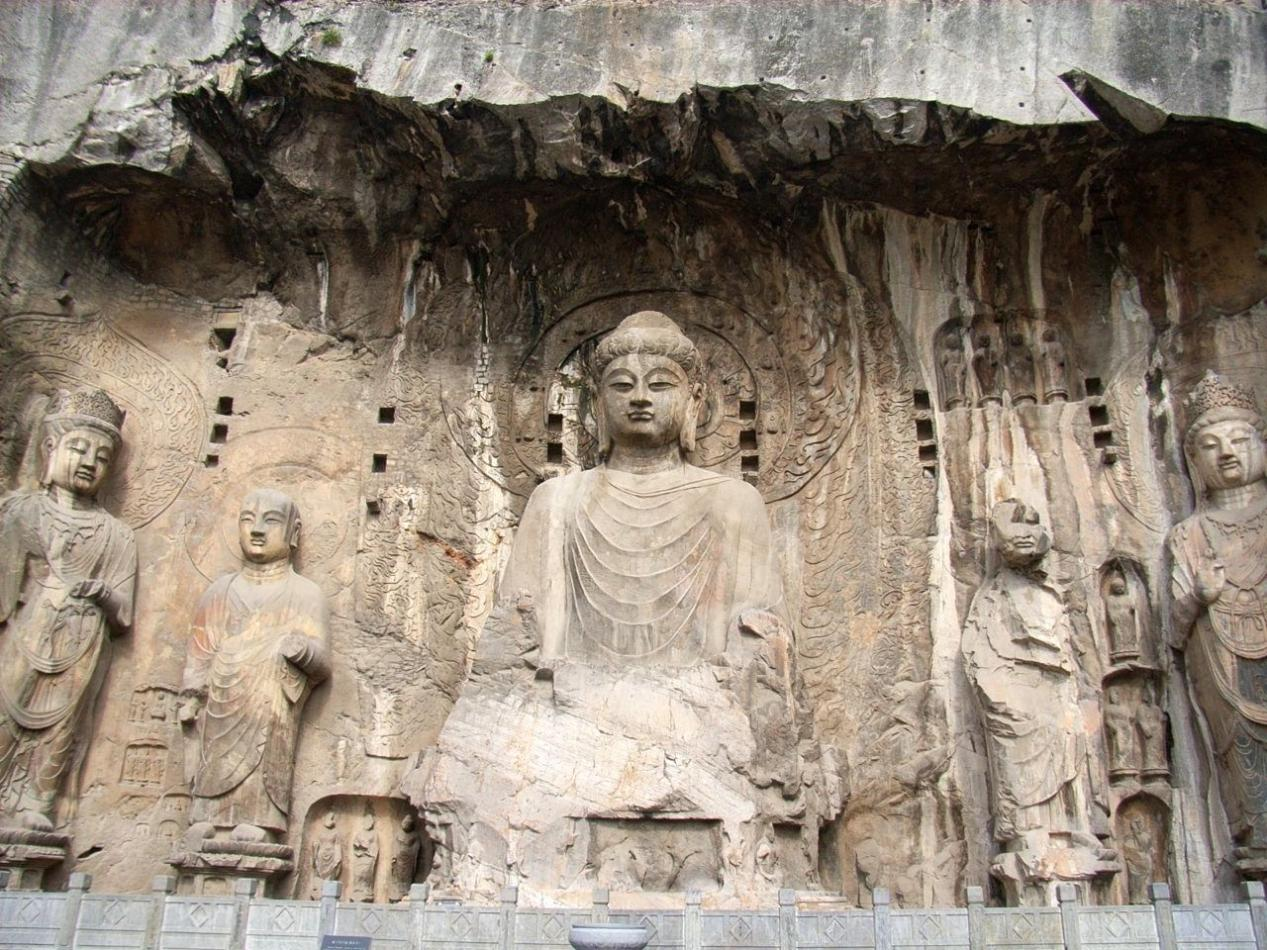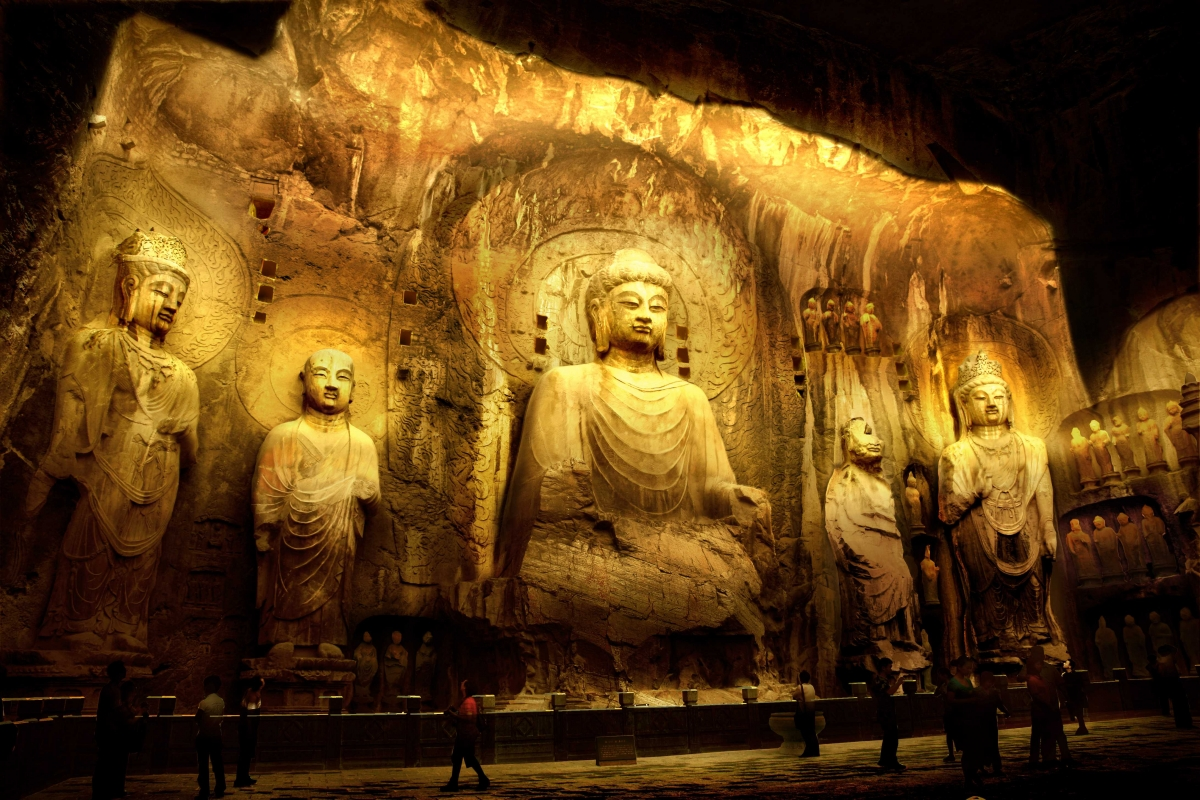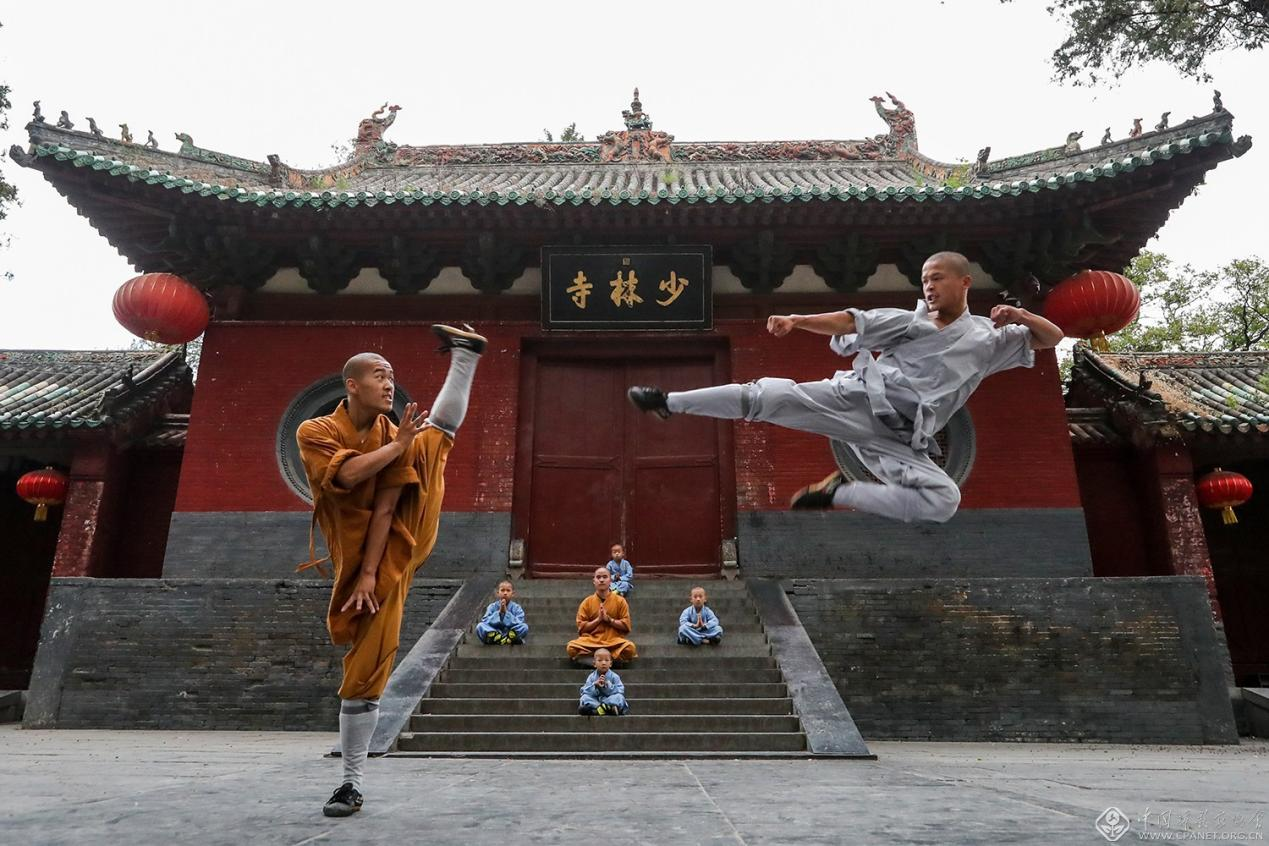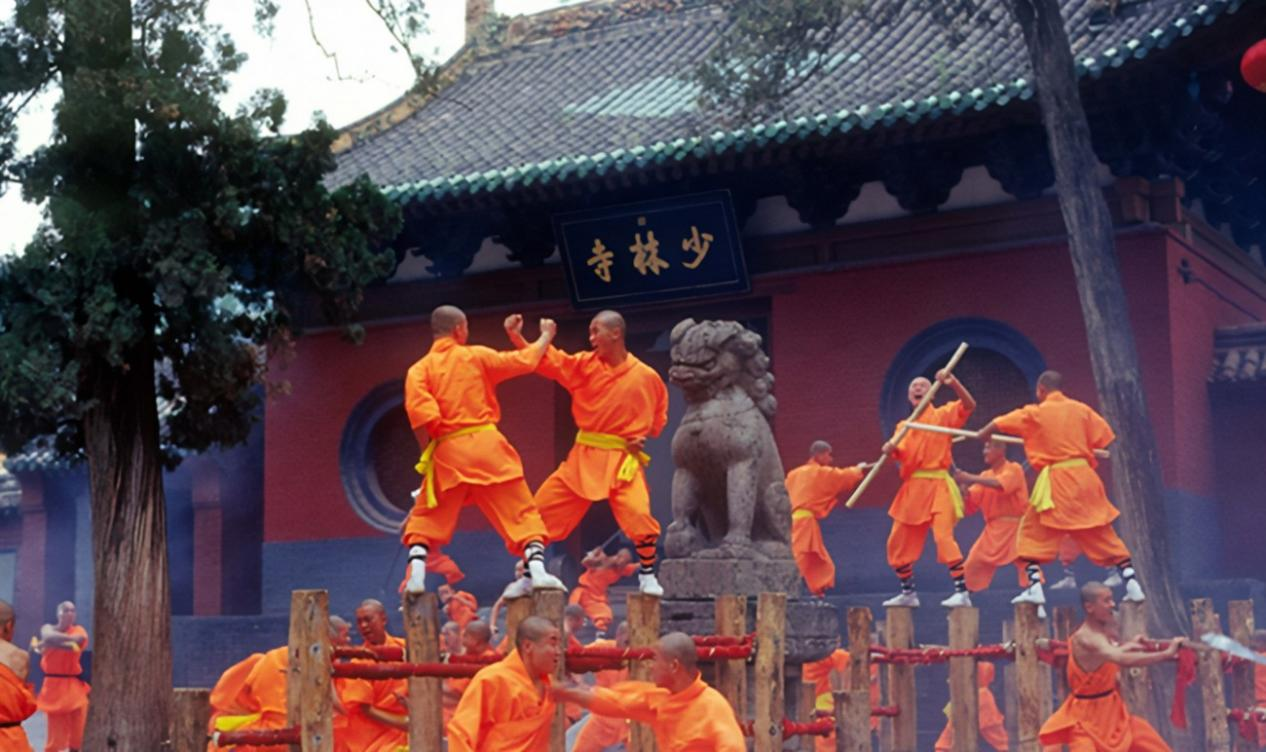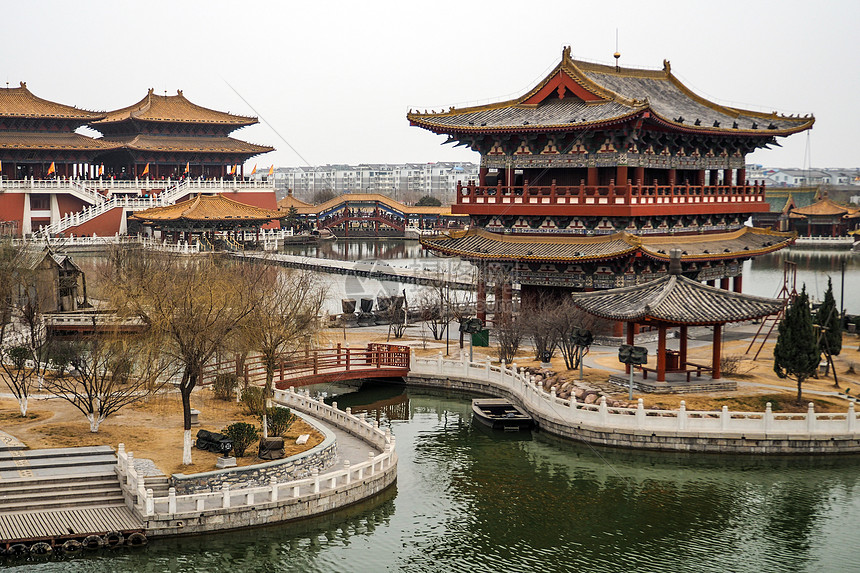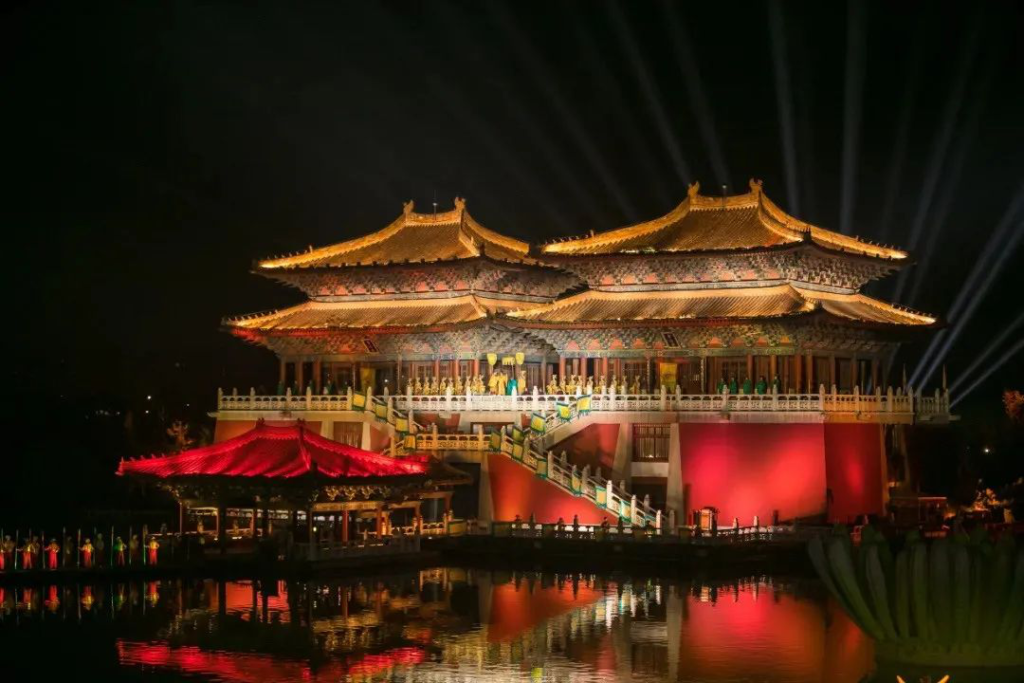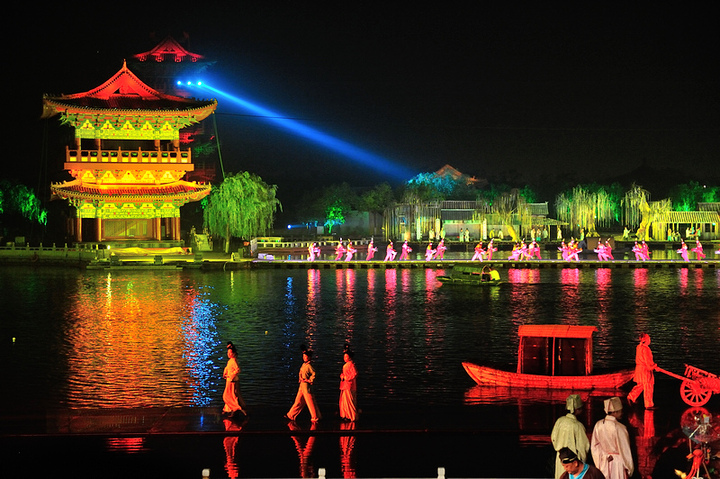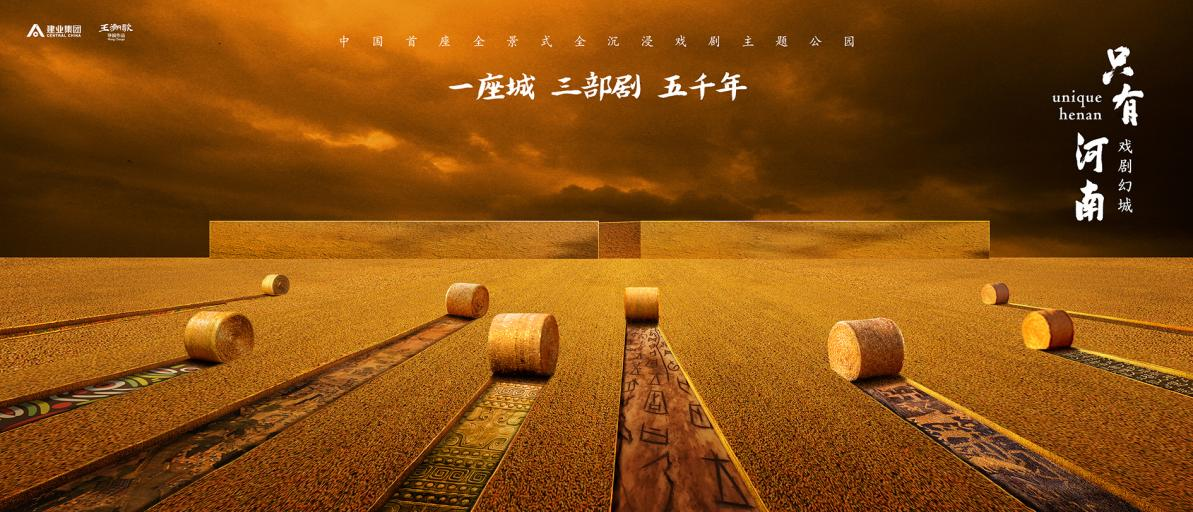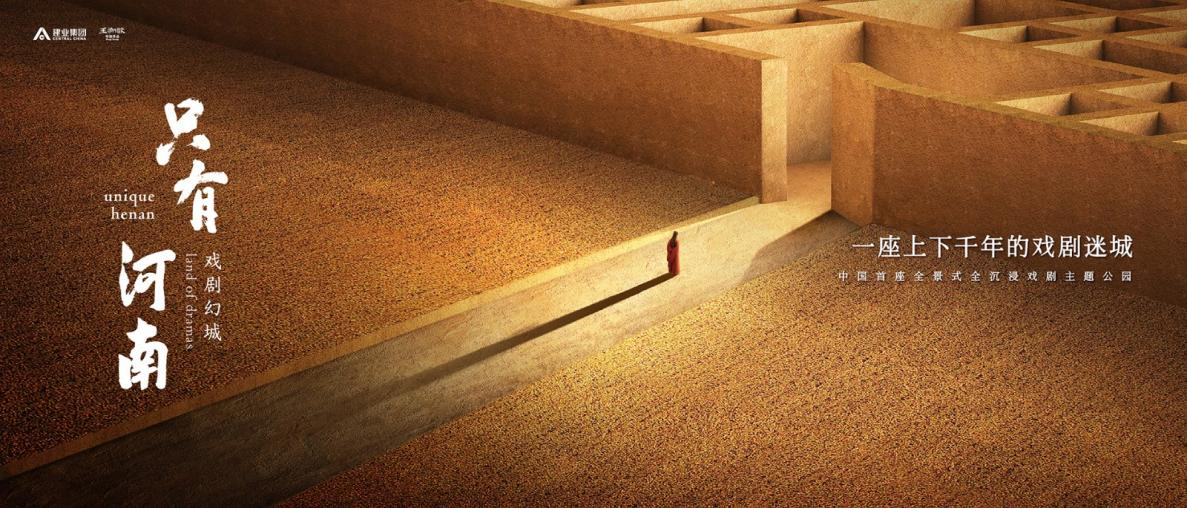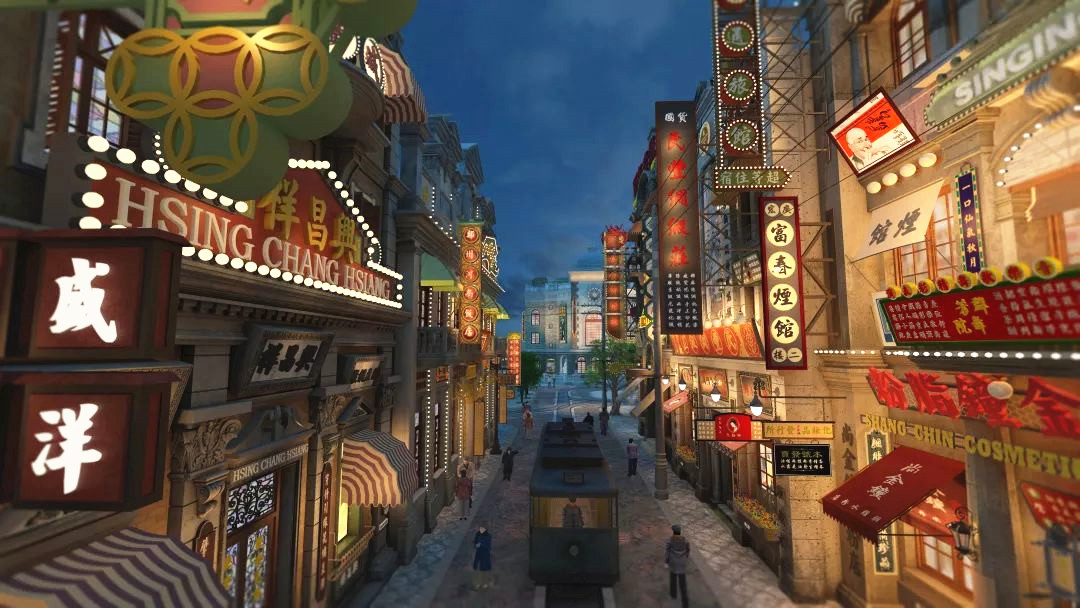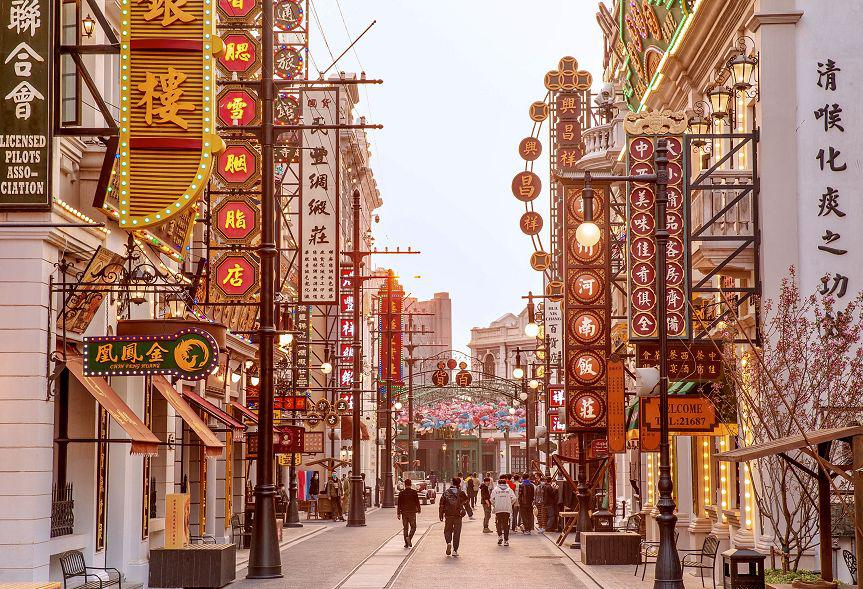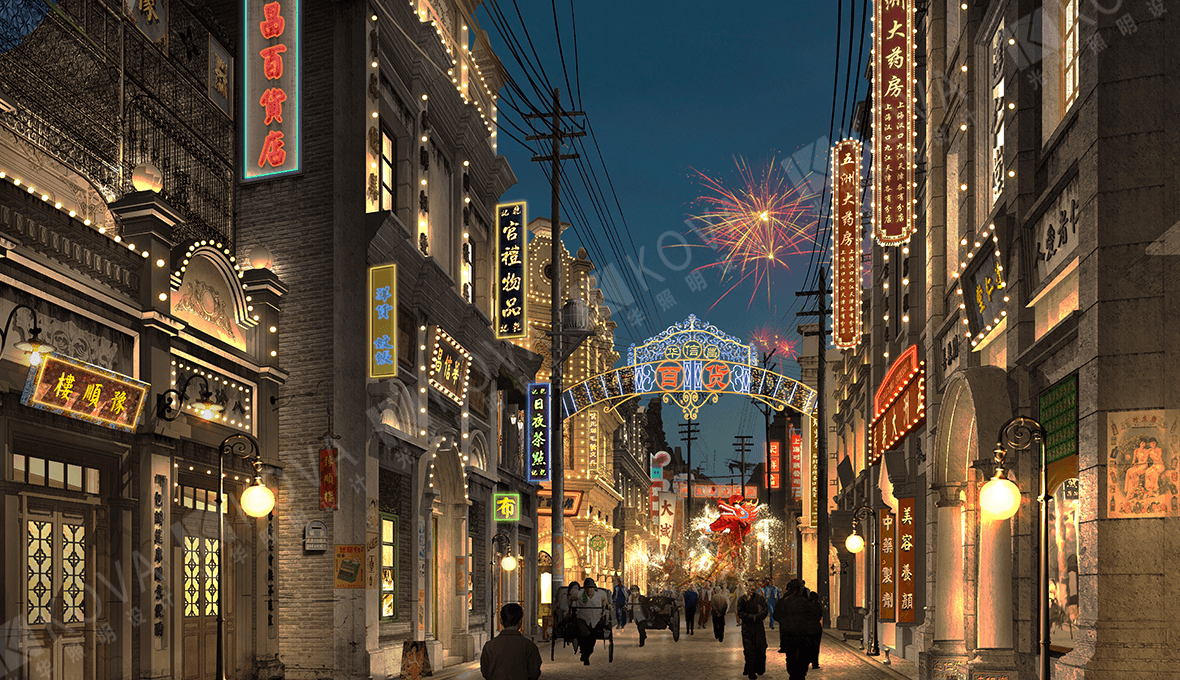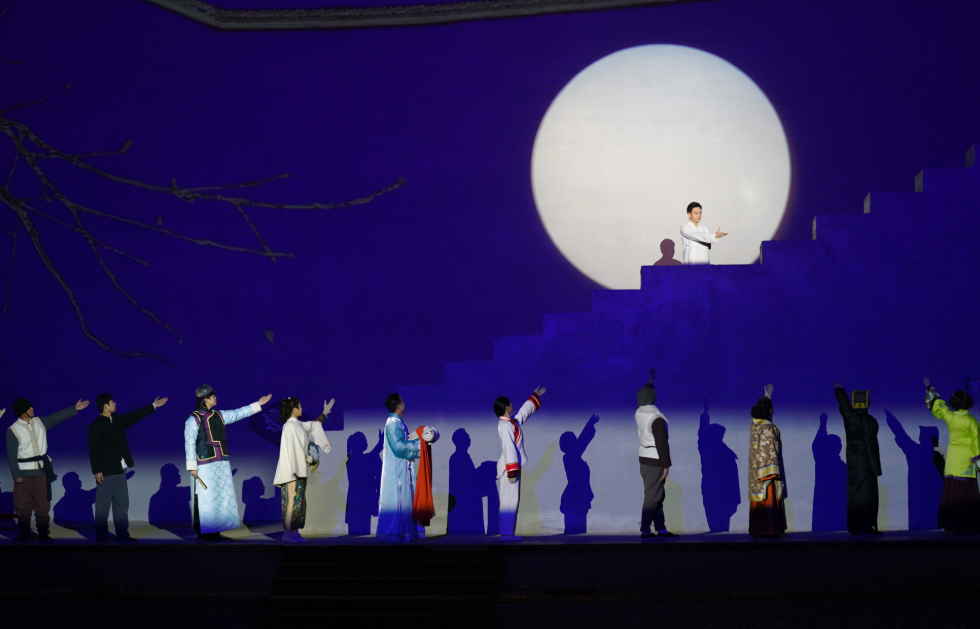About the Longmen Grottoes
Longmen Grottoes, located in Luoyang, Henan, cover an area of 31.7 square kilometers and boast 2,345 caves and niches, more than 100,000 Buddhist stone statues, and over 2,800 inscriptions carved on steles, making it the largest art treasury of stone carvings with the most statues in the world. It is praised as the "high point of Chinese stone carving" by UNESCO, ranks first among the major grottoes in China, and is listed as one of the first batch of national key cultural relics protection units and one of the first batch of 5A-level tourist attractions.
The building of Longmen Grottoes was started before Emperor Xiaowen of the Northern Wei moved the capital to Luoyang (493 AD). From 493 to 528 AD, Buddha statues with elegant and refined appearance, which accord with the aesthetics and culture of Hans in Central Plains, and the Guyang Cave were built. In the Tang Dynasty, four emperors had built Buddha statues here, and Qianxi Temple and South Binyang Cave were built. In the Song Dynasty, new niches were dug, and a series of repairs and conservation work were carried out to protect the Lushena Buddha. In the Qing Dynasty, Emperor Qianlong once visited Longmen Grottoes and built the Yubei Pavilion in Xiangshan Temple.
The Longmen Grottoes is an art treasury of grottoes that carries the memory of human civilization and boosts international cultural exchange and integration.
